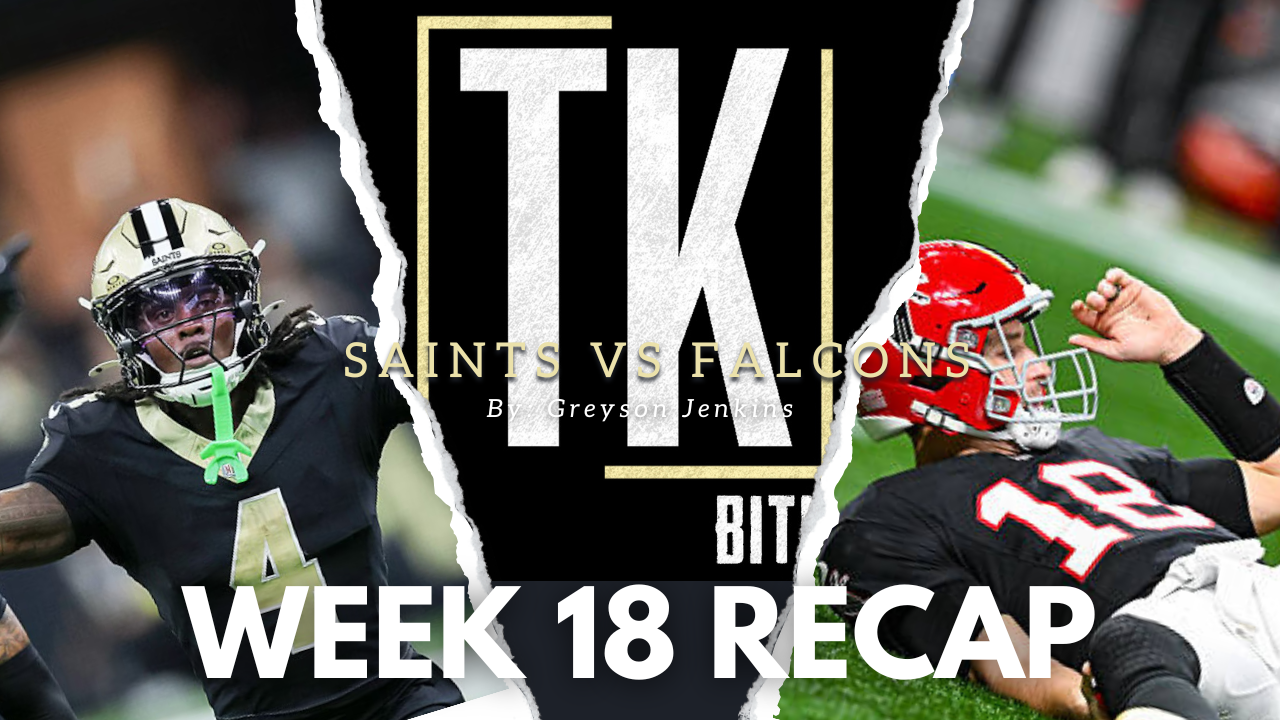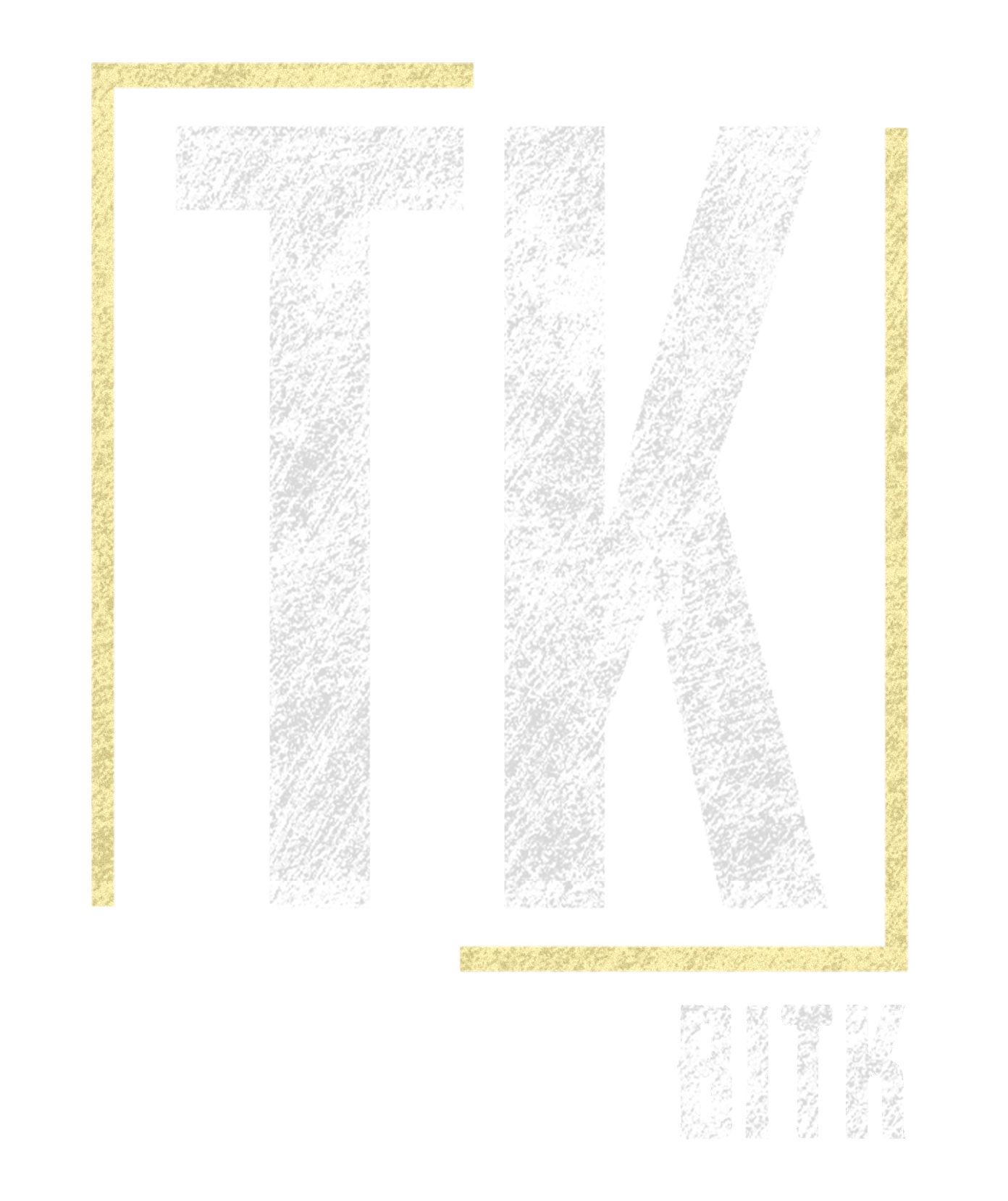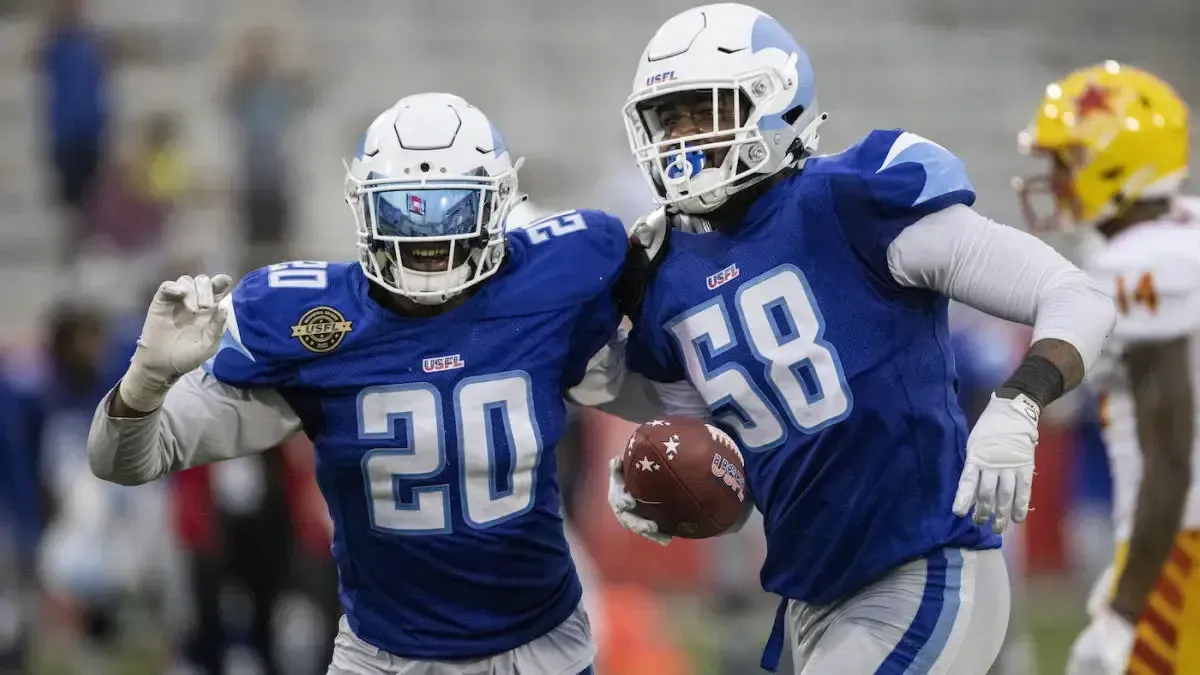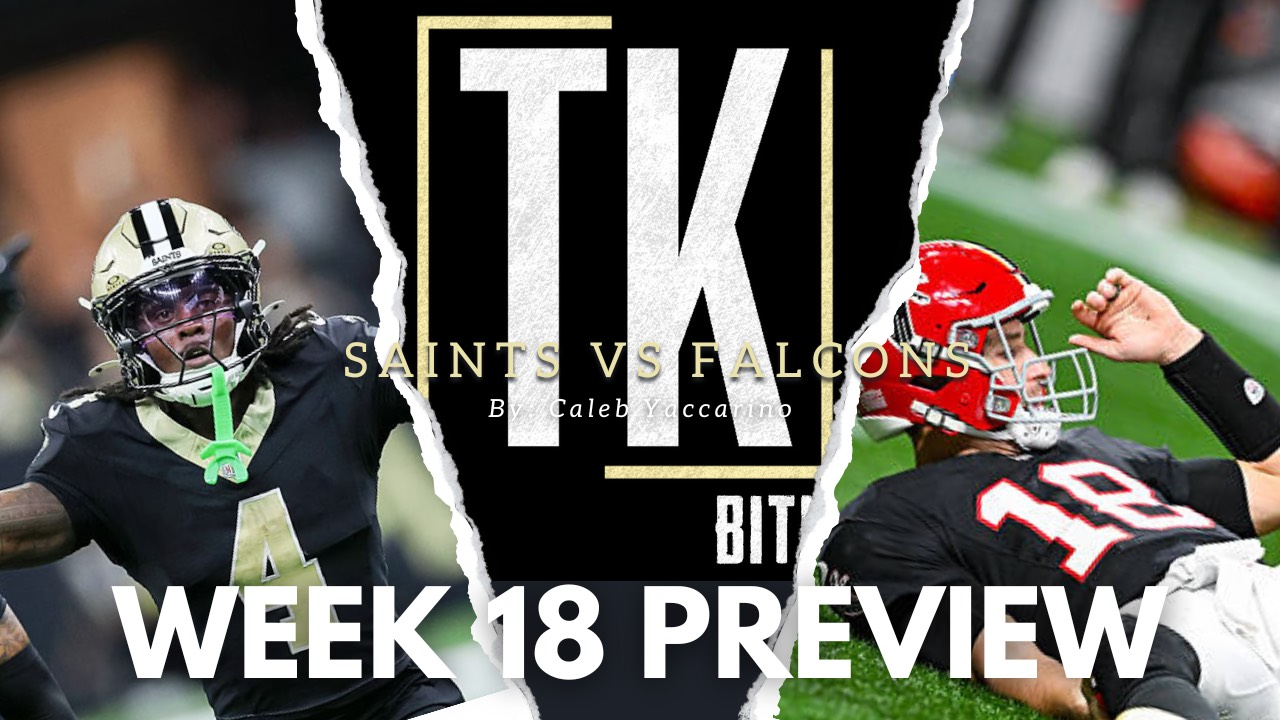New Orleans Breakers Playoff Scenarios. How Do They Get In?
The New Orleans Breakers are on the verge of turning a loss streak into an equal win streak. They started the season red hot on both sides of the ball jumping out to a 4-0 record, and then turnovers happened. The last two weeks those turnovers seemingly are being corrected, and their dominant performance 31-3 against the division opponent gave hope that they are getting back on track at the right time. Had they dropped either of the last two games, the playoff picture would be much harder to navigate. The Breakers sit in a spot that as a team you can only ask for, win and get in, but what if they don't win? Let's take a look at the other ways they can sneak in, but before we go there, here is the Seeding Tiebreakers for the USFL:
- Head-to-Head.
- Best division record.
- Strength of wins (Based on W-L records of opponents.).
- Highest points across season.
- Most touchdown across season.
- Coin toss.
If you would like a tl;dr (too long, didn't read) of this, scroll down to the bottom for a quick recap!
Breakers Win.
It is the most simple option, but not always the possible one. There are 4 teams who could win and still miss the playoffs by one game, which feels crazy to say but the North and their abysmal records really lined it up to be way open. For the Breakers? It doesn't matter. They win, they get in. It is the most simple path to the playoffs, and as an added bonus based on seeding, they could even steal the #1 spot from the Birmingham Stallions. If the Breakers beat the Gamblers and the Showboats beat the Stallions, New Orleans will take the #1 seed in the South, and the league. The first tie breaker would be head to head, which is split. The next goes to division, where the Breakers would hold a 1 game advantage over the Stallions and take the division title. There is currently no benefit of being the 1 seed outside of bragging rights, but pride is one hell of a drug.
Breakers lose, but Showboats lose?
If the Breakers lose, it puts things a little muddy. In this scenario let's assume the Showboats also lose. That gives the Breakers and the Gamblers a tie. Breaking down the tie rules for the USFL the first tiebreaker is head to head, which is again split between the Breakers and Gamblers if the Breakers lose. Next, we would use division record, which would also be a tie.
Now we are to strength of wins, which gets a little complicated but I won't bore you with the math. We cannot figure this out completely, as the season is not over but we can at least figure out if there is an advantage. For the scenario we will use the Breakers and Showboats losing. Breakers wins as follows; Maulers 3-6, Gamblers 6-4, Stallions 8-2, Generals 3-6, Panthers 3-6, Showboats 5-5. Gamblers wins as follows; Showboats 5-5, Stars 4-5, Stallions 8-2, Generals 3-6, Maulers 3-6, Breakers 6-4. That would leave the Breakers with a win strength record of 28-29 and the Gamblers with a win strength record of 29-28. The win the Gamblers have over the Stars compared to our win over the Panthers would give the Gamblers the win and the #2 seed, eliminating the Breakers from the playoffs here, however, that is only if the Stars beat the Panthers. If the Panthers win, it goes to #4, highest point total across the season. Before Week 10 The Breakers are at 220, and the Gamblers at 213 so if the Breakers do lose by more than 7, it goes to the Gamblers.
But what if they lose by 7 exactly? I am glad you asked, lets jump into number 4 in the tiebreakers, most touchdowns. This does not specify any side of the ball, so we will assume it is across all facets of the game. The Breakers have 12 passing, 12 rushing, and 1 interception returned for a touchdown, the Gamblers have 9 passing and 16 rushing. Breakers 24, Gamblers 25. The Breakers Lose, Showboats lose is not looking great. In some weird turn of events the Gamblers could score 5 field goals only, and Breakers score a touchdown and go for 2. This would be a touchdown tie, and a loss by 7 exactly, which would go to a coin toss for the playoff berth. While the Breakers could lose by 6, and sneak in, or have the funky touchdown field goal dance, this is definitely not ideal as if we are aware of this, you can assume both coaches would be aware to and doing their best to make whatever needs to happen, happen.
Breaks Lose, Showboats win?
This dives into tiebreakers again, a 3 way tie between the Breakers, Gamblers, and Showboats. We already slightly know where the Breakers and Gamblers sit from our previous scenario, but does adding the Showboats to the tie change anything? Starting with division, 3 way tie. Head to head, a 3 way tie. Great, we are back at math. As a reminder, Breakers lose and Showboats win in this scenario make no changes to win strength for Breakers or Gamblers since it is just a win/loss swap for teams they beat. Breakers, 28-29 and Gamblers 29-28 which eliminates the Breakers, but the Panthers can still beat the Stars to make this a tie again at 30-28 between the Breakers and Gamblers. Let's see how the Showboats did win strength wise why don't we? Showboats wins as follows; Panthers 3-6, Breakers 6-4, Maulers 3-6, Gamblers 6-4, Generals 3-6, Stallions 7-3. This leaves the Show boats a win strength record of 28-29. Stars win? You guessed it. 3 way tie again.
On to the next one, highest points. Heading into Week 10 Breakers are at 220, Gamblers are at 213, and the Showboats at 170. Again, in this scenario Breakers cannot lose by more than 7, and the Showboats need to score 50+ points for a good chance, let's assume the Showboats do not accomplish this (mainly because they would need 50 to TIE the Breakers and since the return of the USFL no team has surpassed 50 points in a game.) and it comes down to the Breakers and the Gamblers again. We revert back to the Breakers only losing by 6 and getting in, or losing by 7 exactly with a touchdown tie, or lose by 7 or more and be eliminated.
Recap? Recap.
There are different ways for the Breakers to get in, but I will do a tl;dr (too long, didn't read) for anyone curious! I will number them from most ideal to least ideal.
- Breakers win, Stallions Lose. #1 seed belongs to Breakers, Stallions get #2.
- Breakers win, Stallions Win. #1 seed belongs to Stallions, Breakers get #2.
- Breakers lose by 6 or fewer, Stallions win, and Stars win. #1 seed belongs to Stallions, Breakers get #2.
- Breakers lose by 7 exactly with a score of 15(FGs only)-8(TD + 2pt conversion), Stallions win, Stars win, and Breakers win coin toss. #1 seed to Stallions, Breakers get #2.
- Scenarios 3 and 4, but with a Breakers loss, and a Showboats win.
A quick share helps us a lot!



